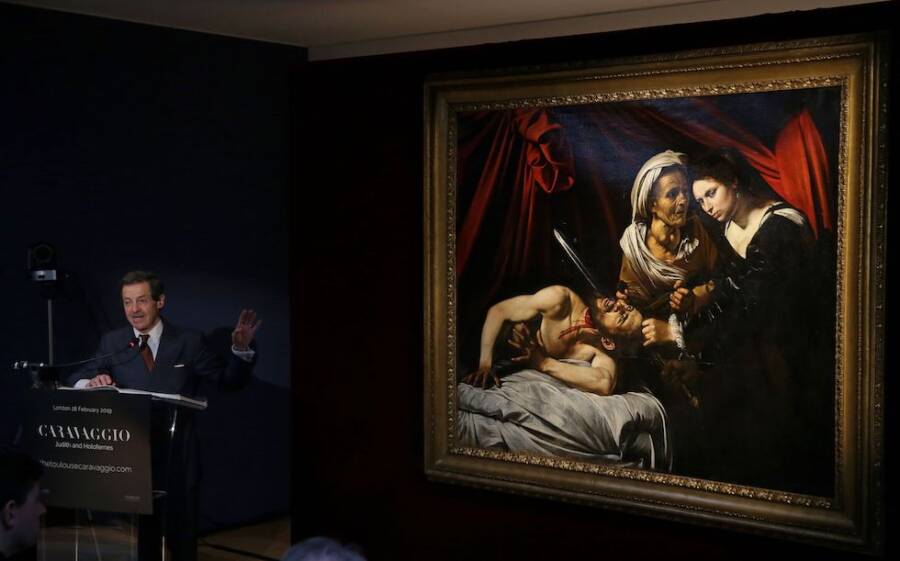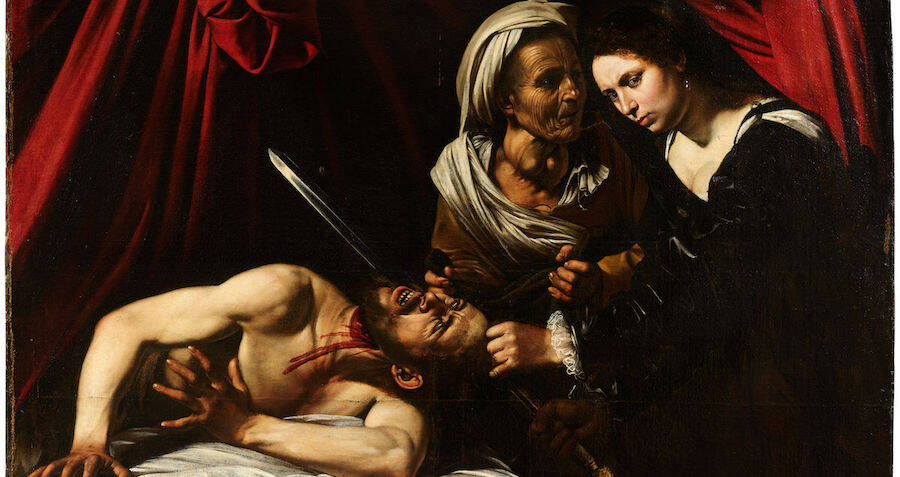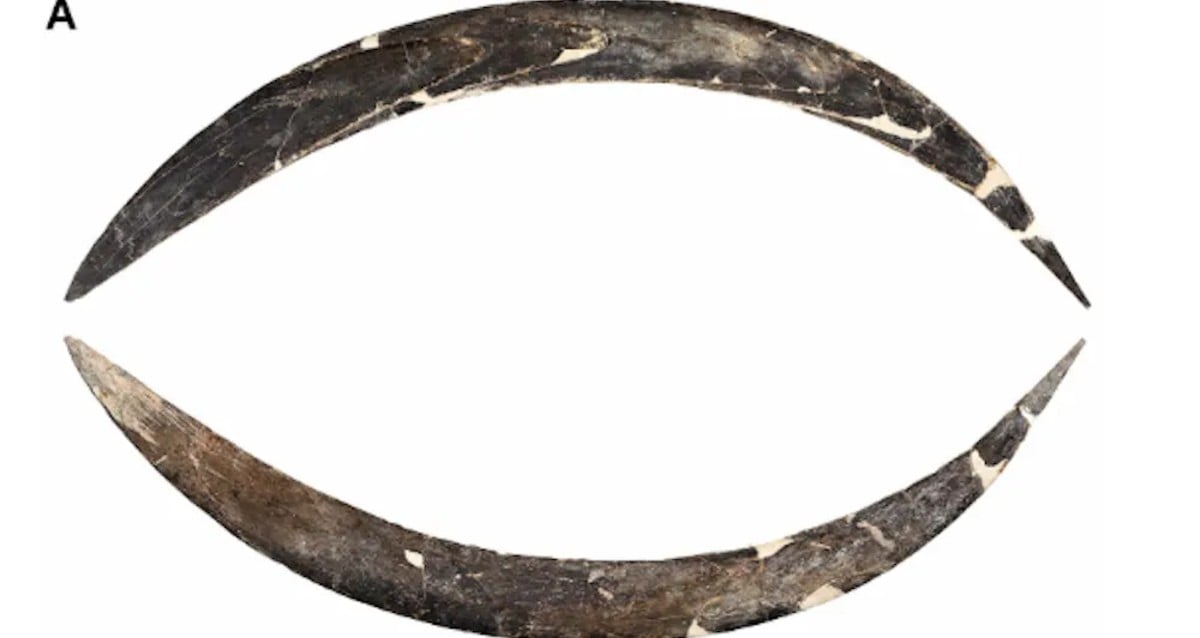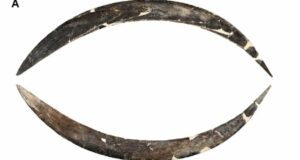“Mystery Masterpiece: 350-Year-Old Caravaggio Unveiled from Dusty Attic Hideaway in France!”
The painting was officially authorized as a Caravaggio original in 2016 by the former director of the Museo di Capodimonte in Naples, Nicola Spinosa, yet, some art experts remain skeptical. Italian art historian Mina Gregori believes that the painting could be the work of another artist, Artemisia Gentileschi.

Daniel Leal-Olivas/AFP/Getty ImagesFrench art expert Eric Turquin speaks alongside the painting believed to be the second version of Judith Beheading Holofernes by Italian artist Michelangelo Merisi da Caravaggio.
Meanwhile, Caravaggio expert Gianni Papi at the University of Florence believes that the painting is a second copy of the original piece made by French artist and dealer Louis Finson, who used to paint alongside Caravaggio and lived in Naples at the beginning of the 17th century.
In fact, a 1607 letter addressed to the Duke of Mantua from a Flemish painter visiting Italy noted that one of two Caravaggio paintings being sold was a Judith and Holofernes price tagged at a little under 300 ducats. Historians believe that the seller of the painting was Finson, who left the painting to Abraham Vinck, an artist-dealer, after his death. But that’s where the painting’s trail goes cold before it disappeared until 2014.
One theory about how the painting moved from Naples, Italy, to Toulouse, France, is that Finson had left it with a friend or sold it during one of his business trips to the French town in the last years before his death.
“When we discovered the picture, when we discovered the attribution, we knew that as soon as we would pronounce the name of Caravaggio, there would be controversy,” Turquin said. “We knew that because every single Caravaggio that was discovered since 1951, every single picture has been the object of a debate and fights.”













